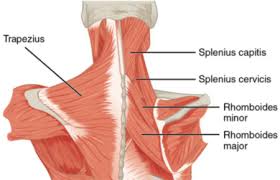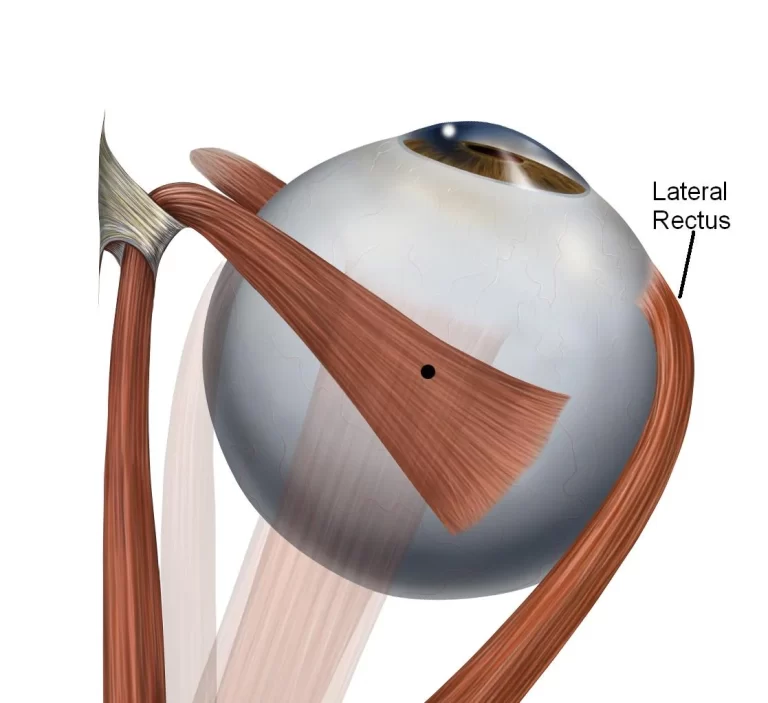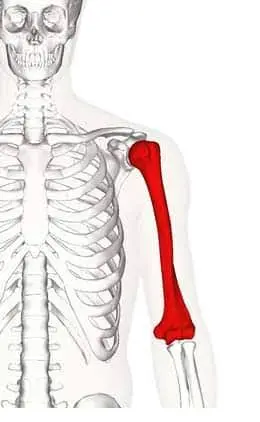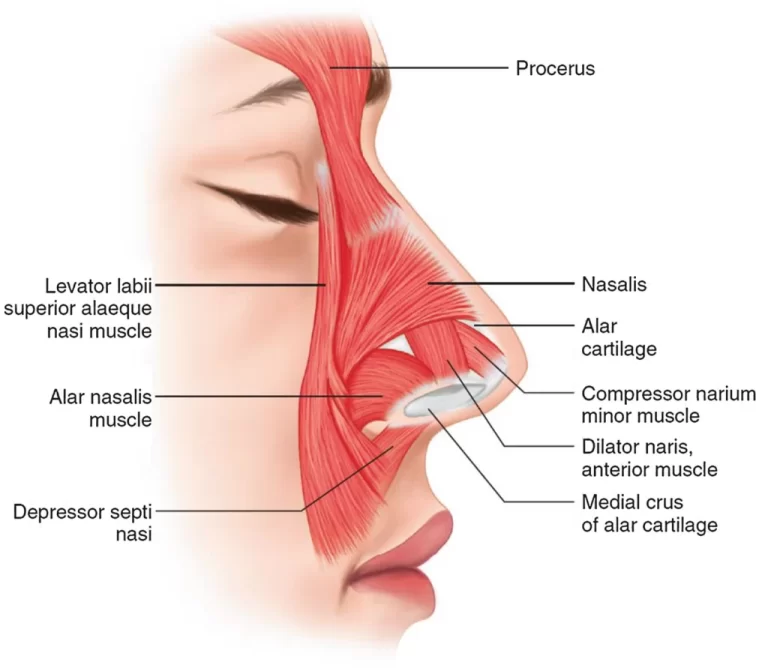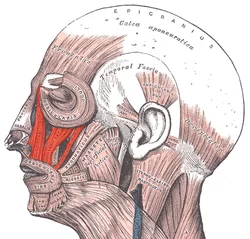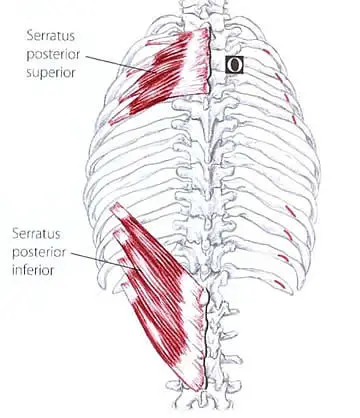Splenius Capitis Muscle
Splenius Capitis Muscle Anatomy
Splenius capitis muscle is a broad, straplike muscle in the back of the neck. It pulls on the base of the skull from the vertebrae in the neck and upper thorax. It is involved in movements such as shaking the head.
Origin:
Nuchal ligament and spinous process of C7-T3.
Insertion:
Mastoid process of the temporal and occipital bone.
Nerve Supply
Posterior ramus of spinal nerves C3 and C4.
Blood Supply
The occipital artery, which is a branch of the external carotid artery, supplies blood to the muscles by muscular branches.
Actions
Extend, rotate, and laterally flex the head.
Acting bilaterally:
Extension of the cervical spine and head
Acting unilaterally: rotating the head to the same side and flexing the head and neck laterally (when used in conjunction with the sternocleidomastoid).
The lower jaw’s wide opening motion and mandibular protrusion cause the muscle to tighten.
The semispinalis cervicis, a superior section of the trapezius, semispinalis capitis, and splenius cervicis work in concert.


Relations
Splenius capitis is situated behind the trapezius muscle and sits on top of both semispinalis capitis and longissimus capitis. The sternocleidomastoid muscle covers the upper part of the splenius capitis, which is a portion of the posterior triangle of the neck’s floor.
The anterior border of the trapezius, the superior margin of the clavicle as the base, and the posterior border of the sternocleidomastoid comprise this triangle. The sternocleidomastoid muscle is innervated by the accessory nerve, which obliquely crosses this area before passing through it and innervating the trapezius. The superior section of the brachial plexus, transverse cervical (cutaneous branches of the cervical plexus), and supraclavicular nerve are located at the base of the triangle. Additionally, a series of lymph nodes can be seen extending down the sternocleidomastoid’s posterior edge.
Clinical Importance
Individuals suffering from whiplash problems or mechanical chronic neck pain may also have dysfunction of the splenius capitis. Additionally, splenius capitis, inhibition of the semispinalis cervicis, and hyperactivity of the superficial muscles may be present in individuals with neck pain.
Stretching and myofascial release of the splenius capitis, together with exercises aimed at stimulating the Semispinalis Cervicis, are essential components of an effective therapy program for this problem.
Inflammatory alterations at the region of muscular attachment on the occipital ridge are the most frequent cause of muscle tension headaches (MTH).
This most frequently happens at the point where the Splenius Capitis muscles attach in adults, resulting in Splenius Capitis Muscle Syndrome. This syndrome is extremely painful and frequently occurs.
It usually imitates the temporal tendinitis and migraine headache pain reference patterns, respectively. Starting medial to the mastoid process and at the lateral edge of the superior nuchal line is where the excruciating headache begins.
The Greater Occipital Nerve becomes trapped and irritated as the inflammation worsens. For example, falls, blunt trauma, and motor vehicle accidents frequently result in the beginning of pain.
Postural factors, resulting from extended durations of maintaining the head in a forward, rotated, and downward position, are the most common cause. Tension in the muscles causes microtrauma to the muscle attachment, which leads to edema and the development of myalgia and neuralgia.

